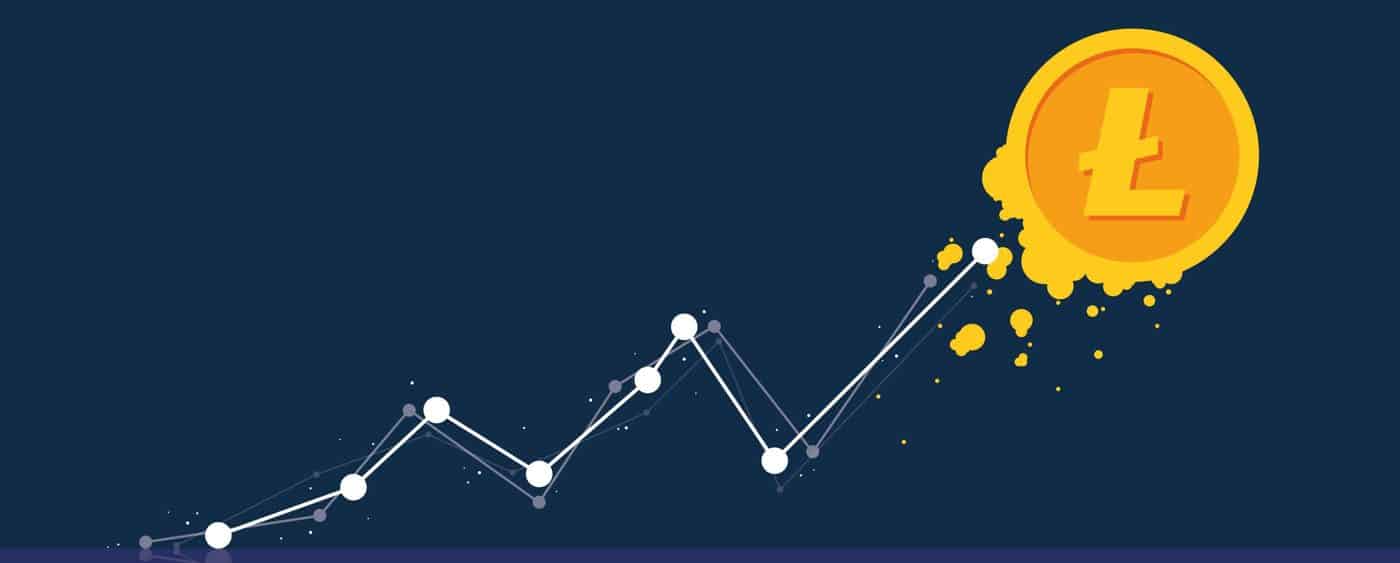Litecoin (LTC) was first introduced to the digital currency world in October of 2011. It wasn’t quite the first altcoin but is certainly the oldest one that’s still relevant. From an outsider’s view, Litecoin very much resembles Bitcoin (BTC), since it is in fact based on the same code as Bitcoin. However, a closer look reveals that Litecoin and Bitcoin have three main differences:
1-The Litecoin network processes a block every 2.5 minutes on average, rather than every 10 minutes as in Bitcoin,
2-The Litecoin network will produce 4x as many currency units as are issued by the Bitcoin network (a maximum of 84 million LTC vs 21 million BTC),
3-The two systems use different algorithms in the mining of their coins, scrypt (“ess-crypt) in Litecoin and SHA-256 in Bitcoin. This means miners need dedicated hardware to mine either Litecoin or Bitcoin.
In the early 2010s, relatively few people had heard of Litecoin. However, on April 24, 2013, the world’s first major international crypto exchange, Mt. Gox, announced that it would support Litecoin.
That action by Mt. Gox brought Litecoin to the attention of many, framing Litecoin as a viable and interesting alternative to Bitcoin. Although Bitcoin was still priced below $1,000 back then, there were many who felt they’d missed the boat on the big Bitcoin gains, and Litecoin presented an apparent second chance at crypto wealth.
Another factor behind the early success of Litecoin was the evolution of Bitcoin mining from CPU and GPU-based to specialized ASIC hardware. Many Bitcoiners who enjoyed or profiting from mining BTC on their home computers were pushed out of the mining game by ASICs, so switched over to Litecoin which was still allowed for profitable GPU mining. ASIC miners eventually came to dominate Litecoin mining as well; suggesting that if a coin is profitable enough to mine, specialized mining hardware will ultimately be developed for it.
Litecoin’s valuation still maintains a respectable level to this day, although its status as the next most valuable crypto after Bitcoin has long since been overtaken by Ethereum.
In response to Litecoin’s early success and demand from our customers, Coinmama has supported Litecoin since 2013 [?]. When this article was first published in 2013, we encouraged our users to consider buying Litecoin at its price of $5. As this article is being updated, Litecoin is at $122, having reached its all-time high of $360 in December of 2017.
We can’t say for sure if Litecoin will offer similar gains in the future. However, Litecoin is still worth considering for its longevity.



